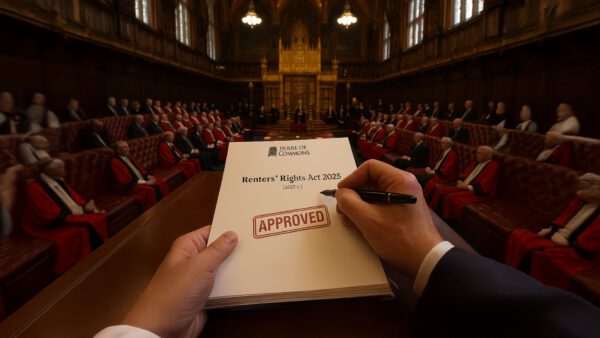At its most basic, the only document required for the sale and purchase of shares in a company is a share transfer form executed by the seller to the buyer. But we would always advise a buyer of shares to enter into a binding Share Purchase Agreement (or ‘SPA’) with the seller, which document should contain detailed warranties from the seller.
When buying the shares in a company, you will be acquiring the company ‘warts and all’ – all the good aspects (i.e. the company’s assets, staff, contracts, etc.) but also the less good aspects (i.e. the company’s debts, tax liabilities, outstanding contractual obligations, any pending litigation, etc.). To protect the buyer, the SPA should contain detailed warranties from the seller about the company so that the buyer is made fully aware of both the good and the bad.
What Are Warranties?
Because warranties are statements of fact given by the seller about the company being sold which the buyer relies on when deciding whether to buy the company, if a warranty is later found to be untrue, the buyer may be entitled to make a claim by the buyer against the seller for any losses it may suffer as a result.
Generally, warranties can be provided in a standard format, but they sometimes need to be tailored to specific circumstances of the company and the transaction. But where the facts do not fit the ‘standard’ warranties, the seller will want to ‘disclose’ relevant facts which are contrary to the warranties given. Such disclosure is usually contained in a separate disclosure letter – which sets out clearly what facts have been disclosed (and therefore which facts the buyer is deemed to be aware of when entering into the SPA).
By way of example, if a warranty states that there are no anticipated liabilities other than those set out in the company’s balance sheet, but the seller is aware of a proposed litigation claim, details of the proposed claim should be separately ‘disclosed’ to be sure that the buyer cannot later say they were not made aware of that potential liability.
Who Benefits From Disclosure?
Disclosure by way of the disclosure letter can be of benefit to both the seller and the buyer: (i) it can provide a defence to the seller – if the seller might otherwise be in a breach of warranty (i.e. the seller’s warranty proves to be untrue), provided that the seller made a legally adequate disclosure against that warranty, the buyer cannot bring a claim against the seller in relation to that claim; (ii) it can also bring to light to the buyer certain information that it might not have obtained in the due diligence process.
The disclosure letter is often accompanied by a bundle of supporting documents which again serve to benefit both parties – the supporting documents make clear which documents the buyer has been made aware of, and the buyer may discover information that it did not obtain in the due diligence process.
It is important for any information that qualifies the seller’s warranties be incorporated in and properly disclosed in the disclosure letter. The seller should not assume that the buyer already knows something or that if the information was contained somewhere within documents previously supplied as part of the due diligence process (e.g. ‘buried’ in a data room) that this will provide protection for the seller in respect of a claim for an untrue warranty. The best starting point to provide the seller protection or a defence is to include the relevant information or disclosure within the disclosure letter.
What To Consider When Writing A Disclosure Letter
Some sellers leave the disclosure letter to the last minute just prior to exchange of the SPA, but the preparation of disclosures specific to the transaction requires a detailed analysis by the seller of each warranty contained in the SPA based on their knowledge of the business.
They need to carefully consider whether any facts or matters may exist that make any of the statements untrue. This needs to be addressed by the seller and its senior team members and its finance team or accountants, etc. The warranties need to be reviewed by all relevant senior personnel and this process should not rely upon the legal advisers to know whether a warranty is or is not untrue without qualification (i.e. whether disclosure is required against a warranty).
Where a thorough due diligence process has been undertaken, the buyer should not find any major surprises when they review the draft disclosure letter, but if any items do arise from the draft disclosure letter they can then be dealt with in the SPA before it is signed.
Conclusion
Although the disclosure process (when done properly) can be time-consuming, it is a valuable step in the company sale process which provides great protection, especially for the seller but also provides benefits the buyer. Parties may be tempted not to give the disclosure process the priority it deserves in a company sale transaction, given other issues that seem to be more urgent or important.
However, mistakes during disclosure can be extremely costly, especially where a claim that could have been easily avoided is brought by the buyer after completion which would have been completely avoided had the appropriate disclosure been made.
To discuss any of the points raised in this article, please contact Jason Greenberg or fill in the form below.









